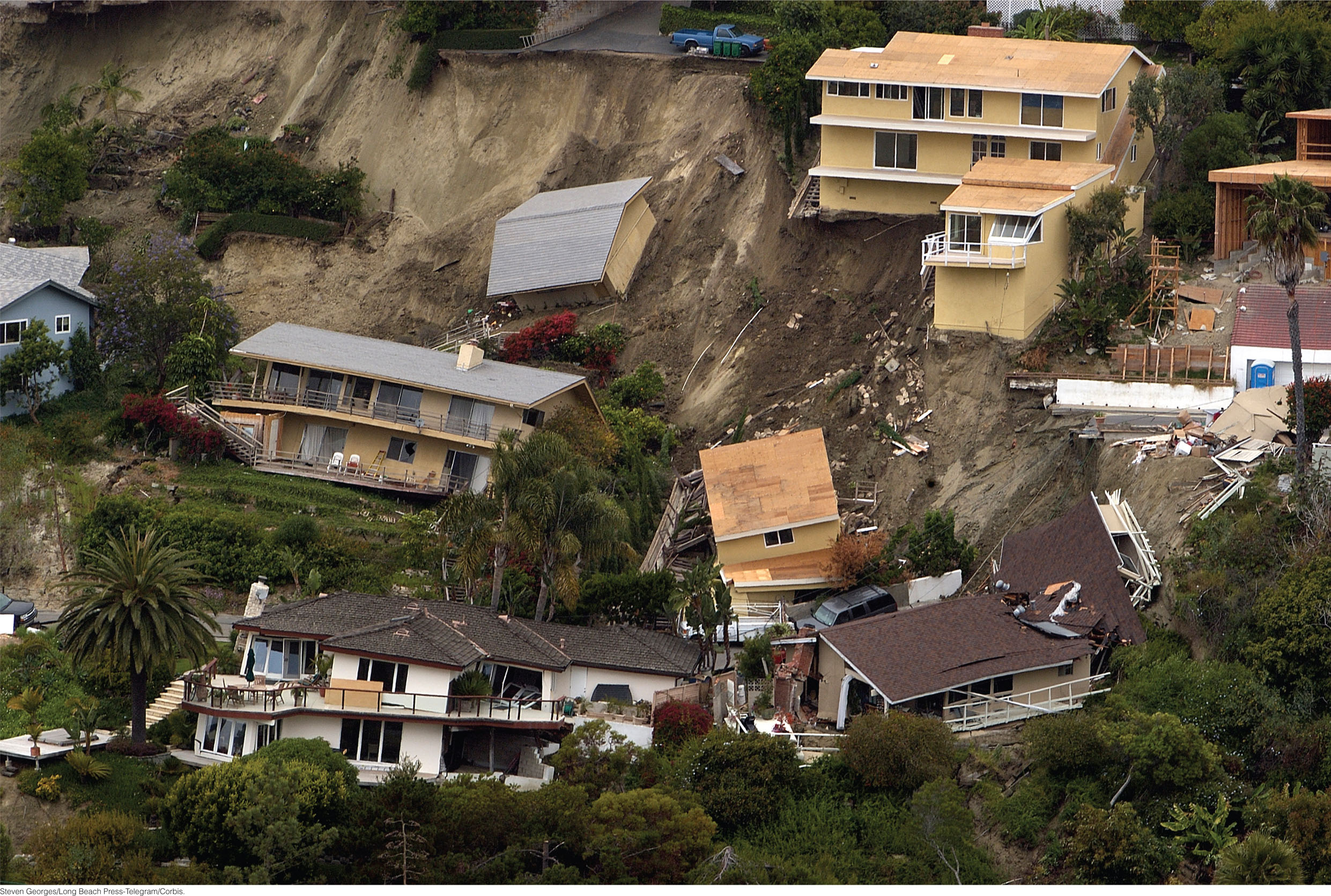434

WEATHERING, EROSION, AND MASS WASTING: Interactions Between the Climate and Plate Tectonic Systems
 Weathering, Erosion, Mass Wasting, and the Rock Cycle 436
Weathering, Erosion, Mass Wasting, and the Rock Cycle 436 Controls on Weathering 436
Controls on Weathering 436 Chemical Weathering 438
Chemical Weathering 438 Physical Weathering 443
Physical Weathering 443 Soils: The Residue of Weathering 445
Soils: The Residue of Weathering 445 Mass Wasting 447
Mass Wasting 447 Classification of Mass Movements 453
Classification of Mass Movements 453 Understanding the Origins of Mass Movements 460
Understanding the Origins of Mass Movements 460
435
As solid as the hardest rocks may seem, all rocks—like rusting old automobiles and yellowed old newspapers—eventually weaken and crumble when exposed to water and the gases of the atmosphere. Unlike cars and newspapers, however, rocks may take thousands of years to disintegrate.
In this chapter, we will describe three geologic processes that break down rocks and transport the products over short distances: weathering, erosion, and mass wasting. These three processes result from interactions between the climate and plate tectonic systems.
Weathering is the first step in flattening the mountains that have been uplifted by plate tectonic processes. Even as mountains are being uplifted, chemical decay and physical fragmentation join with rainfall, wind, ice, and snow to wear them away. Erosion and mass wasting are the processes that loosen weathered soil and rock and transport it downhill or downwind. Erosion generally refers to processes that move Earth materials on a grain-by-grain basis. Mass wasting refers to processes that cause large masses of material to collapse and move downslope. Both processes carry weathered material away from its source, exposing fresh, unaltered rock surfaces to weathering.
436